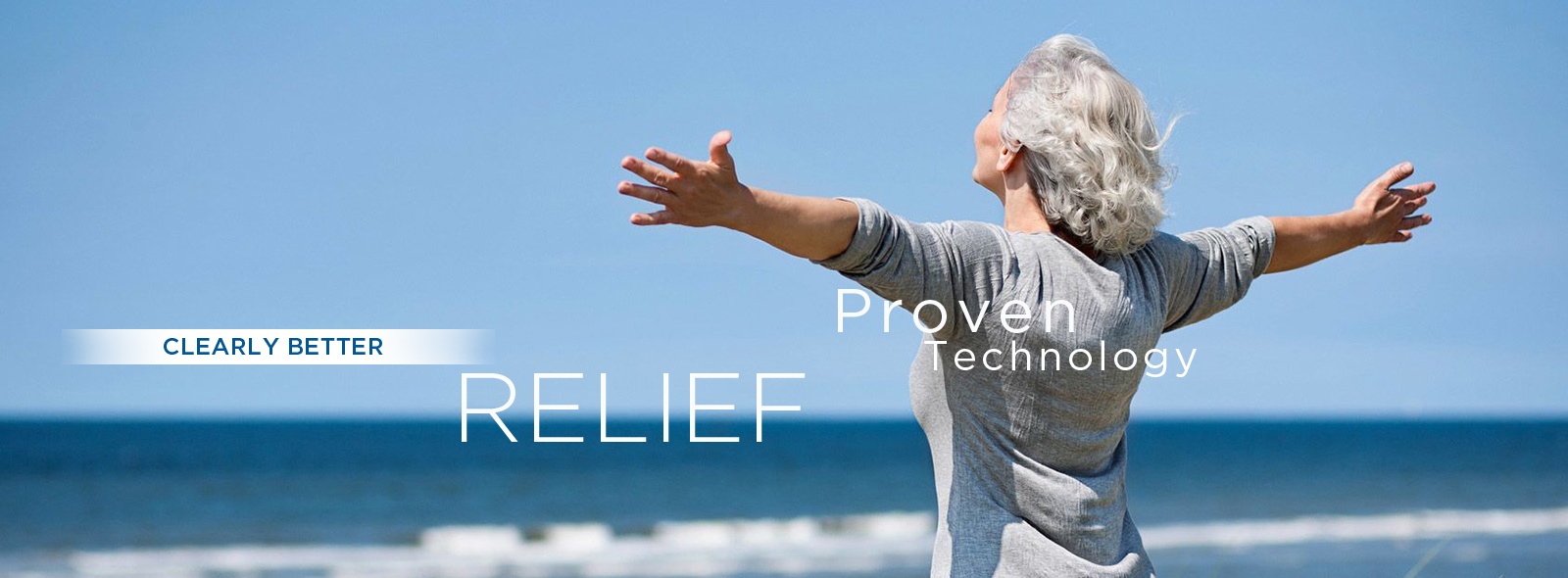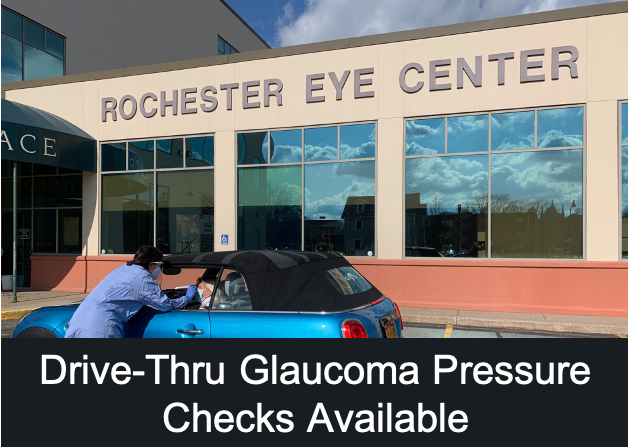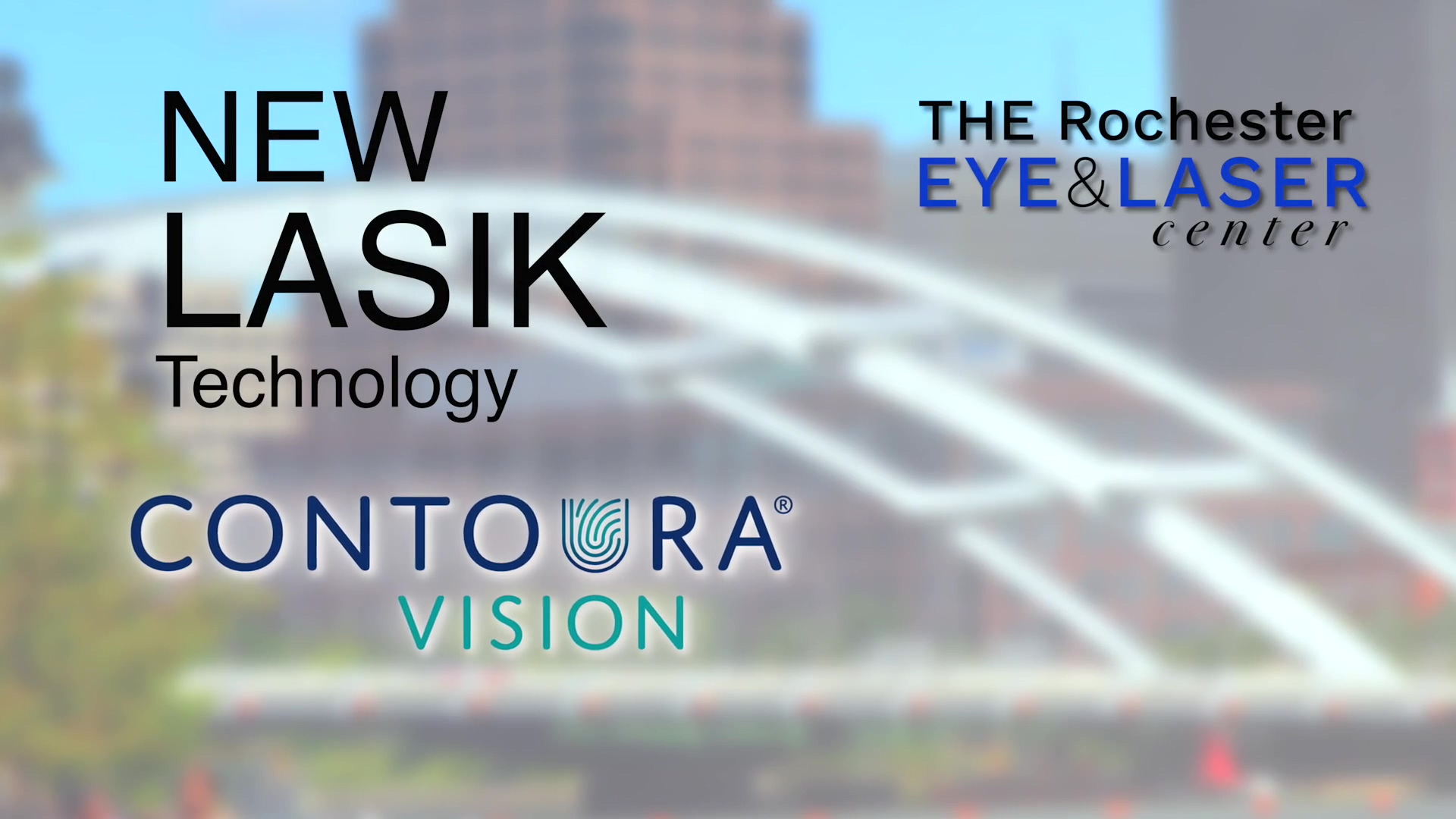Dr. Lindahl discusses technology with local Optometrists
On October 16, 2019, Dr. Ken Lindahl was the keynote speaker at the Rochester Optometric Society. He presented to approximately 70 local...

Dry Eye Syndrome and glaucoma commonly occur together. Patients may have irksome symptoms, but might not associate them with dry eye syndrome.
It is not uncommon for patients with dry eye to describe symptoms such as excessive tearing, blurry vision, or a gritty sensation in their eyes. A frequent remark we hear is, "My eyes just don't feel right; they bother me throughout the day."
The manifestations of dry eye disease can vary from individual to individual, often appearing subtly and intermittently. Patients experiencing these symptoms often express relief and gratitude when their concerns are acknowledged and addressed.
The coexistence of dry eye syndrome and glaucoma poses challenges for both patients and healthcare providers. With aging, both conditions become more prevalent, affecting up to 40-50% of glaucoma patients, with a higher incidence among women.
Managing both conditions can be complex, as prioritizing treatment is crucial. While addressing dry eye syndrome is essential for the patient's comfort and ocular health, the immediate threat of vision loss from glaucoma often takes precedence. Despite the discomfort caused by dry eye, glaucoma treatment typically receives priority.
Various factors can contribute to the development of dry eye syndrome, including eyelid inflammation, extended periods of reduced blinking, prolonged use of glaucoma eye drops, environmental factors such as low humidity or exposure to wind, previous eye conditions, systemic diseases, and certain medications.
Effective treatment often involves a combination of approaches tailored to each patient's needs. Interventions may include artificial tears, gland treatments with LipiFlow moisture-retaining measures, IPL Lumenis, and prescription medications targeting inflammation. Adjustments in glaucoma treatment may also be necessary when managing dry eye, such as opting for preservative-free eye drops or considering laser therapy.
Both glaucoma and dry eye disease are chronic conditions that require ongoing management. While adherence to treatment regimens, especially involving eye drops, can be demanding, maintaining the health of the ocular surface is crucial for comfort, eye health, and the success of glaucoma interventions.
Patients navigating both glaucoma and dry eye disease face a significant burden. While these conditions may not be curable, their management relies on a collaborative effort between patients and healthcare providers to optimize outcomes and preserve vision.
"So many people experience unnecessary discomfort with dry eye. It may start with mild symptoms that are easy to ignore. But the condition usually worsens over time and impacts daily life. There’s a simple, painless solution to regain eye health and comfort -- Come in and see us for an evaluation and learn more about treating your dry eyes in our Dry Eye Clinic with OptiLight® treatments. I use OptiLight® treatments myself for my dry eyes.”

On October 16, 2019, Dr. Ken Lindahl was the keynote speaker at the Rochester Optometric Society. He presented to approximately 70 local...

Glaucoma is a series of diseases that cause damage to the optic nerve.

What is Contoura®Vision Topography-guided LASIK? Contoura®Vision, also known as topography-guided LASIK, is the latest FDA approved evolution in...